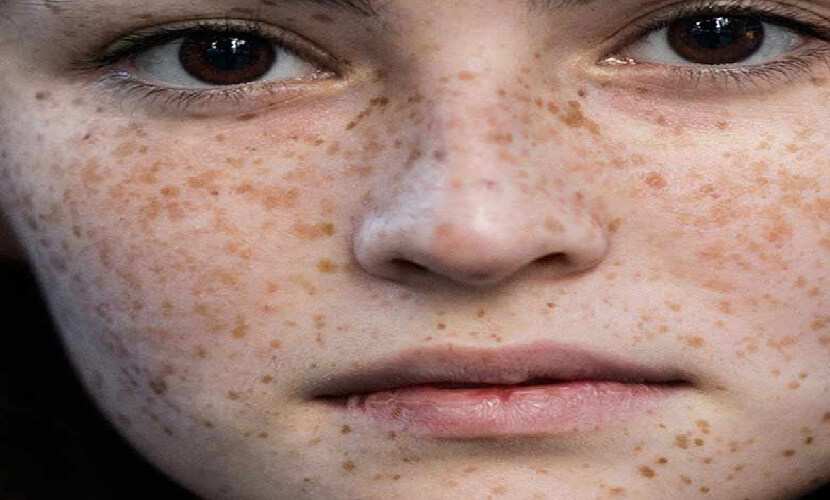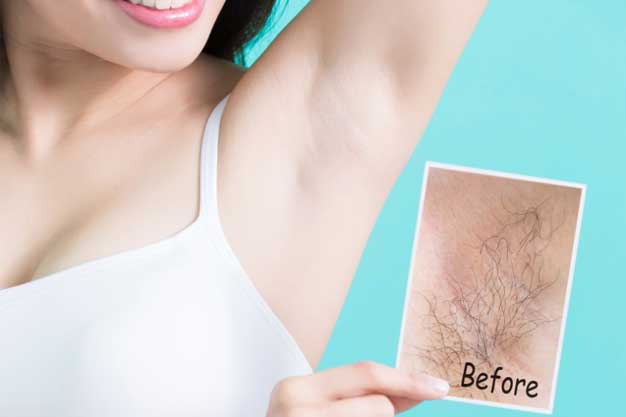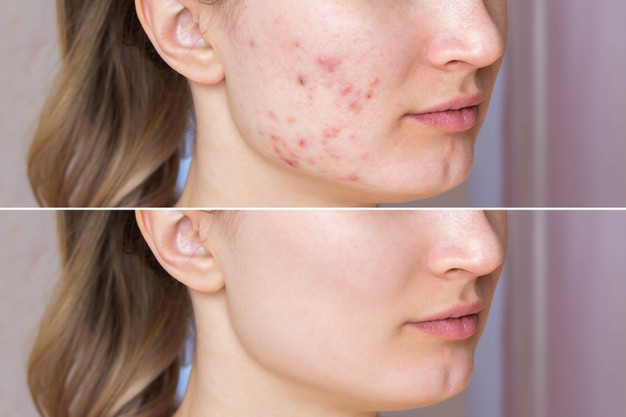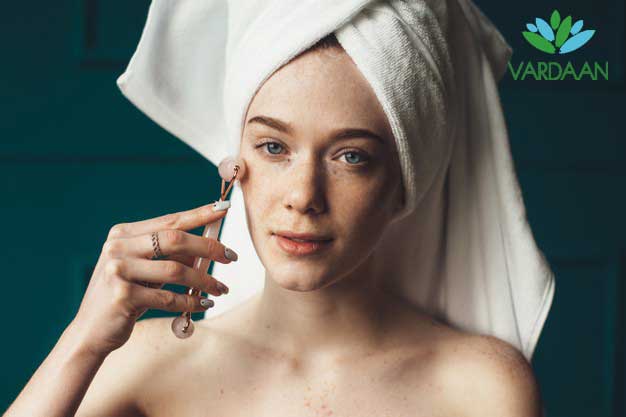Throughout our life, we come across many instances where the colour of our skin changes. In situations like these, we try everything in our power to make that change go away. The change in the colour of our skin not only makes us conscious but, open the gates for makeup directed our way. As much as we hate to admit it, using makeup in abundance can have poor effects on your skin. So why not go into the roots of pigmentation and see what we ‘should’ really do about it rather than what we ‘can’ do about it.
What is Pigmentation?
In simple words, pigmentation means colouring. As we are talking about skin, the colour of our skin is determined by a substance called melanin. The production of melanin is undertaken by specialized cells in our skin. Any negative impact or damage caused to these cells affect the melanin production in our body and hence causes skin pigmentation. Skin pigmentation can not only occur in patches on different parts of your body but can also affect the entire body.
Neither excess nor lack of melanin is good for your skin as-
- Excess production of melanin makes the skin darker. The dark colour of your skin can be a result of pregnancy, Addison’s disease and sun exposure.
- Lack of melanin production in turn makes the skin lighter.
Types of pigmentation
There are broadly two types of pigmentation depending on the lack or excess of melanin production namely, Hyperpigmentation and hypopigmentation.
- Hyperpigmentation: Hyperpigmentation is a common skin problem which can affect people with all skin types. It is basically a condition in which the skin starts producing more melanin than usual. The result of which is the formation of patches which appear darker than the skin surrounding them. Hyperpigmentation can be caused due to medications such as anti-arrhythmic, antibiotics and antimalarial drugs.
Melasma, which is also known as “the mask of pregnancy” is a type of hyperpigmentation which can lead to tan or brown patches on the forehead, face and stomach. Melasma usually affects pregnant women or women who are taking birth control pills but it can also affect men.
- Hypopigmentation: Hypopigmentation is the condition when your skin becomes lighter than normal. It usually occurs when your skin is damaged from infections, blisters, burns or other trauma. The affected areas loose pigment which in turn makes the skin lighter. However, the normal colour comes back usually but it can take a long time.
Vitiligo is a type of hypopigmentation which is a result of lack of melanin production in your skin. The lack of melanin production in turn results into the formation of smooth, white patches on the skin. This loss of melanin usually occurs when the cells responsible for its production die or stop functioning.
What causes pigmentation?
After learning about pigmentation in detail, it is important to know what causes it. Even though the major cause of pigmentation is melanin, there are other factors that contribute to the problem too which are as follows-
- Sun exposure: “Excess of everything is bad” is a perfect saying to explain this point. Even though, sun exposure is important for the skin as it helps in the synthesis of Vitamin D, overexposure to the sun is bad for your skin. This is because, in order to cope with excessive sun exposure, the body produces more melanin. Excessive production of melanin, as discussed earlier can lead to the formation of dark spots on the skin or hyperpigmentation.
- Hormonal Changes: Hormonal changes during pregnancy can cause tan or brown coloured patches on the face and stomach called as “mask of pregnancy”.
- Skin inflammation: Pigmentation can occur on areas of skin that suffer from skin inflammation. These include injury, acne, eczema and lupus. Scratching and picking on pimples can also lead to hyperpigmentation in that area.
How to avoid pigmentation and its treatment
In order to protect your skin from getting pigmented, it is important to limit your exposure to the sun. Apply sunscreen on your skin not only when you have to be in the sun for long hours, but for short time also. Apart from that, avoid picking at your skin as this can cause post inflammatory hyperpigmentation.
When it comes to treatment of the skin which is pigmented, there are a number of ways available to do so which include-
- There are several procedures like chemical peels and laser resurfacing to reduce the effects of hyperpigmentation.
- When it comes to treating hypopigmentation, you can opt for procedures like topical creams, medicines, ultraviolent-light treatments.
It is rightly said that invest in your skin today, it will represent you for a long time. Take good care of it and who knows, you might not even need makeup to make it shine.




